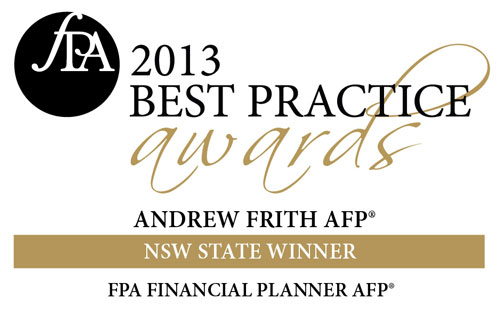SMSF Corporate Trustee
What Are The Advantages Of A SMSF Corporate Trustee
A self-managed superannuation fund (SMSF) can either have a corporate trustee or individual trustees. A SMSF can have up to 4 members, and generally speaking, the members are the same as the individual trustees (or the same as the directors of a corporate trustee).
We generally recommend that an SMSF have a corporate trustee rather than individuals as trustees. The one downside of a corporate trustee is the cost of establishing the company. However, there are longer-term benefits of having a company which outweigh the up-front cost.
These benefits include:
|
Having A Corporate Trustee |
Having An Individual Trustee |
|
Continuous succession A company has an indefinite life span and cannot ‘die’. Therefore, a corporate trustee can ensure control of an SMSF is more certain in the circumstances of the death or incapacity of a member.
|
Cease upon death If a SMSF has individual trustees (eg Mum and Dad) timely action must be taken on the death of a member to ensure the trustee/member rules are satisfied. SMSF rules do not allow for a sole individual trustee/member of the SMSF, so if Mum or Dad die, the surviving spouse must appoint a co-trustee.
|
|
Administrative efficiency When members are admitted to or cease membership of the SMSF, all that is required is that the person becomes, or ceases to be, a director of the corporate trustee. The corporate trustee does not change as a result. Therefore, title to the SMSF’s assets remains in the name of the corporate trustee.
|
Extra and costly paperwork To introduce a new member to an SMSF with individual trustees requires that person to become a trustee. As trust assets must be held in the names of the trustees, this will require the title to all assets to be transferred to the new trustees when a member is admitted to or exits the fund.
|
|
Lump sums and pensions A SMSF with a corporate trustee can pay benefits either as pensions or as lump sums.
|
Paperwork for lump sums The SMSF rules require that a lump sum can only be paid by surrendering a pension entitlement or commuting a pension, which gives rise to extra paperwork . You cannot simply pay a lump sum benefit.
|
|
Estate planning flexibility A corporate trustee ensures greater flexibility for estate planning, as the trustee does not change as a result of the death of a member. A director can also have greater control over their succession plans by passing on their shares in the corporate trustee.
|
Extra administration/costs The death of a member requires there to be a change of trustee, and this gives rise to considerable administrative work and costs at an inopportune time.
|
|
Greater asset protection As companies are subject to limited liability, a corporate trustee will provide greater protection where a party sues the trustee for damages. |
Less asset protection If an individual trustee suffers any liability, the trustee’s personal assets may be exposed.
|
|
Sole member SMSF You can have an SMSF where one individual is both the sole member and the sole director
|
Sole member SMSF A sole member SMSF must have two individual trustees.
|
|
Lower Penalties The administrative penalty regime that commences from 1 July 2014 typically only applies to a company once for each contravention. |
Higher Penalties A penalty can be imposed from 1 July 2014 on each individual trustee for each contravention. Thus, having two individual trustees can double the administrative penalty that would otherwise apply to a corporate trustee. |
|
Overseas Members It is easier to evidence that the central management and control (‘CMC’) of a corporate trustee remains in Australia.
|
Extra Risk An SMSF with individual trustees would generally have greater difficulty showing its CMC remained in Australia.
|
Whilst our clients rely on us to assist them in managing their self-managed superannuation fund; the ultimate responsibility for the fund lies with the trustees. For a SMSF, each member of the fund must also be a trustee. Trustees are also responsible for drafting their investment strategy. Our SMSF Specialsit Advisor TM can help establish your self managed super fund and with the SMSF investment strategy and ongoing SMSF administration requirements.
The Australian Taxation Office has produced two publications to assist Trustees in understanding their obligations.
- DIY Super It's Your Money…. But Not Yet?
- The Role and Responsibility of Trustees
These publications are available on the ATO website.
Contact our SMSF Advisors today on
1300 587 673 or success@leenanetempleton.com.au









